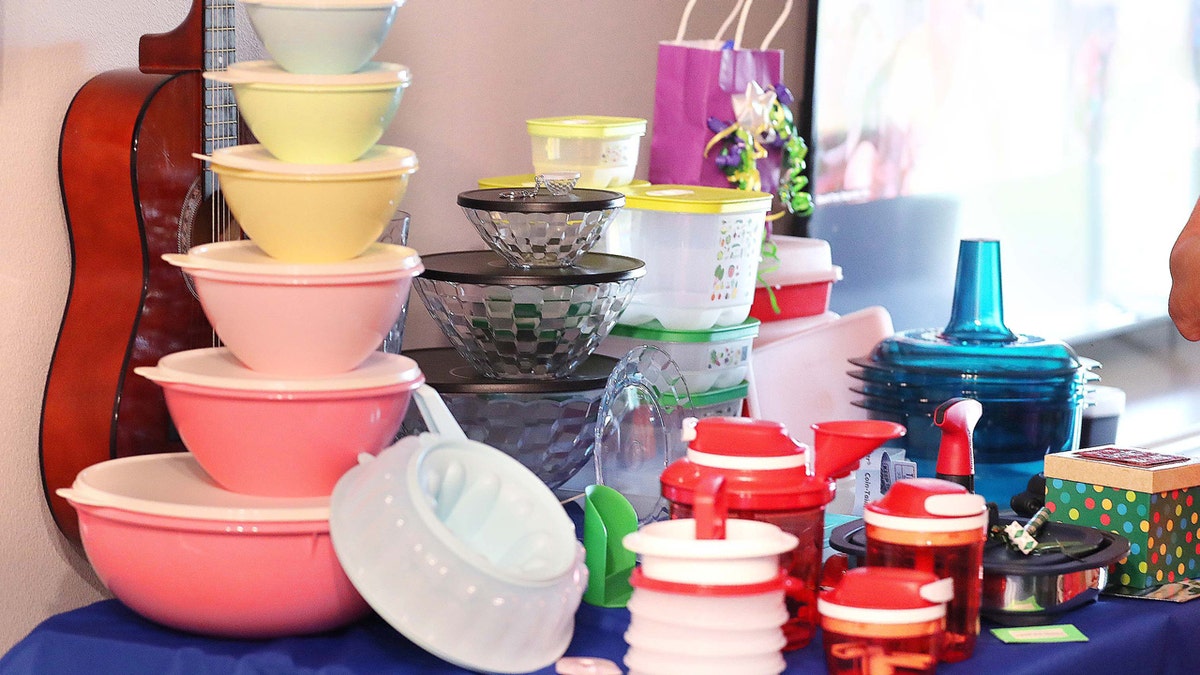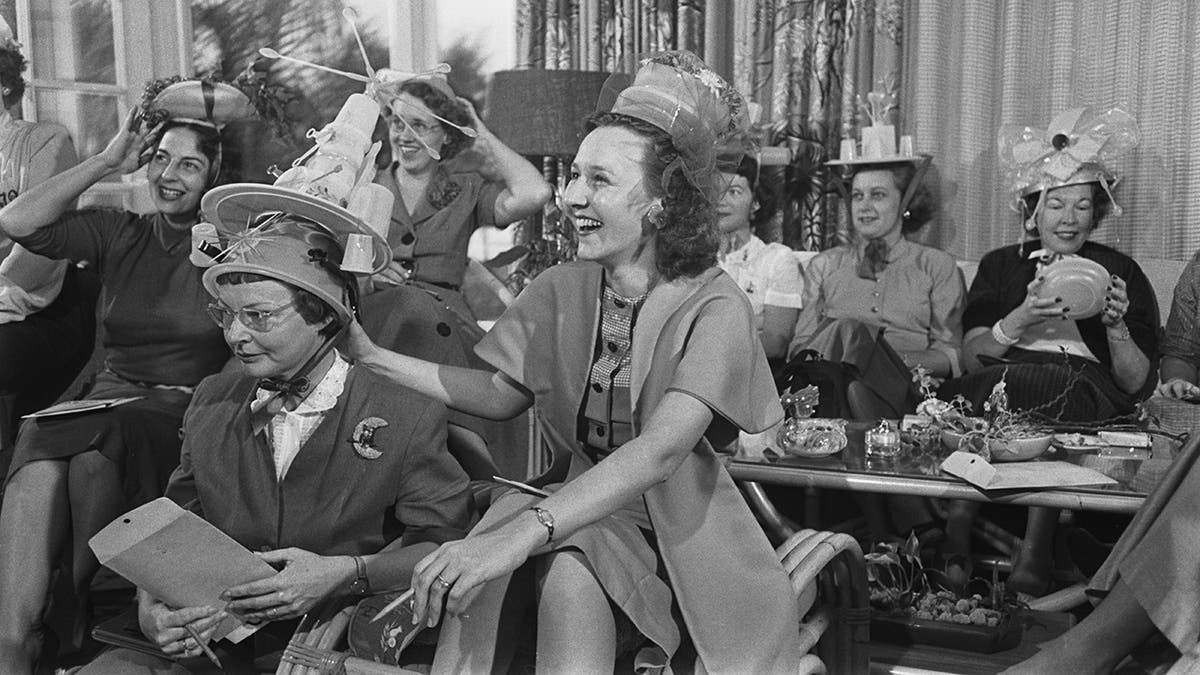Tupperware party is over: Bankruptcy seals the lid on an era in American consumer culture

Earl S. Tupper molded plastics into parties and a pop-culture phenomenon.
Now the lid has been sealed on an era in American consumer culture.
Months after Tupperware Brands Corp. shuttered its last remaining plant in the United States amid financial woes, the company announced on Tuesday that it had filed for bankruptcy.
BOAR’S HEAD DITCHES LIVERWURST, A ONCE-POPULAR SANDWICH STAPLE THAT AMERICANS NO LONGER STOMACH
“Whether you are a dedicated member of our Tupperware team, sell, cook with or simply love our Tupperware products, you are a part of our Tupperware family,” president and CEO Laurie Ann Goldman said in a statement as the company voluntarily initiated Chapter 11 proceedings in U.S. Bankruptcy Court.
The Tupperware family united Americans coast to coast in a festive celebration of food storage after World War II.
The airtight plastic food containers were popularized at home parties in an early form of viral marketing – when it was still done face to face.
The parties and the colorful yet dutifully reliable containers they promoted made a brand name of a nerdy New Hampshire farm boy.
‘Native creativity’
Tupper, born in 1907, prospered in business by pairing military technology with a new form of friendly but pervasive marketing.
BIRTHDAY BONUS: 10 PLACES TO EAT AND DRINK FOR FREE ON YOUR SPECIAL DAY
He was gifted with an engineer’s mind and a circus-promoter’s passion.
“As a boy, he applied his native creativity to building devices that made work around the family’s farm and greenhouses easier,” Lemelson-MIT, a think tank of innovation in Cambridge, Massachusetts, wrote in a tribute to Tupper.

“He earned a patent for a frame used to dress chickens for sale,” Lemelson-MIT also noted. “The young Tupper also showed a talent for salesmanship: He increased his family’s income by selling poultry and produce door to door rather than from a stand or at the market.”
The Earl S. Tupper Co. made gas masks for GIs during World War II.
8 WILD NEW FOODS COMING TO THE STATE FAIR OF TEXAS
After the war, he found a way to transform malodorous crude oil-based polyethylene slag used in military plastics into translucent, odor-free food-storage containers with air- and watertight-seals.
Tupper found a champion in Brownie Wise, a columnist for The Detroit News. She had a penchant for selling Tupperware with what she called “patio parties.”

“She recruited dealers and managers and was soon selling more Tupperware than any store,” wrote the National Women’s History Museum.
“Her success caught the attention of Tupper and convinced him that home parties were the best sales tactic.”
Tupper made the “Wise” decision and hired her as Tupperware’s head of marketing.
Patio parties, soon popularly known as Tupperware parties, quickly became part of American social life.
“At the iconic Tupperware party, a well-dressed dealer with practiced demonstration skills would show the hostess and her friends how to use this high-tech, colorful new kitchenware,” Smithsonian Magazine reported in 2018.

“She’d lead the group in dramatic party games, like tossing a sealed Wonder Bowl full of grape juice around the room to demonstrate the strength of its seal.”
The seal appears to be shut tight now on an American era, in the eyes of many consumers.
DECADES-OLD KITCHEN STAPLE COMPANY TUPPERWARE FILES FOR BANKRUPTCY
“Few products are more symbolic of household life in post-World War II America than Tupperware,” said the Smithsonian American Women’s History Museum.
For more Lifestyle articles, visit www.foxnews.com/lifestyle
“Tupperware represented ‘tomorrow’s designs with tomorrow’s substances.'”
Tomorrow’s design is now yesterday’s news.
Read the full article here







